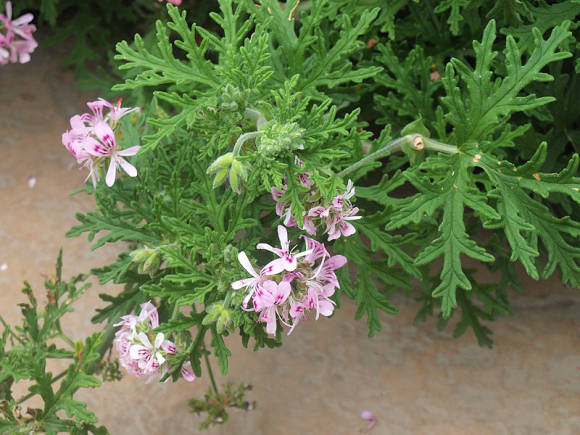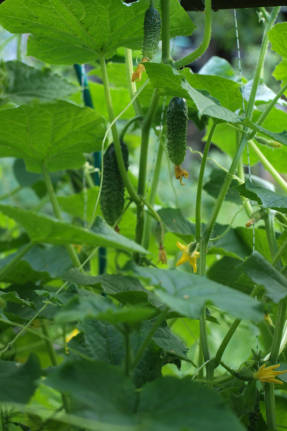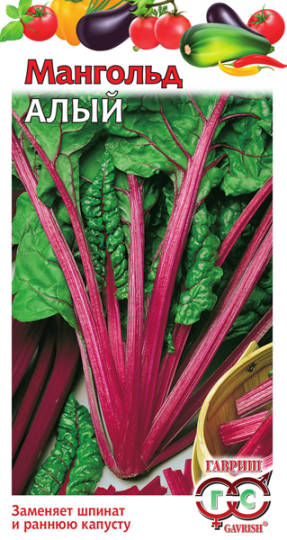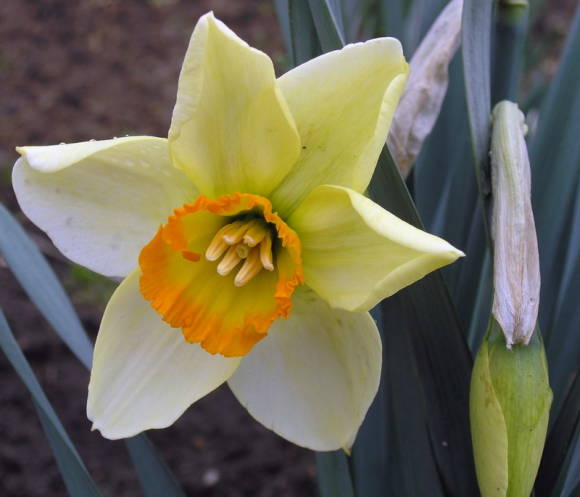
Feijoa, or akka Sellova (Acca sellowiana) native to the subtropics of South America. In nature, it grows in subtropical and warm temperate climates. In cooler conditions, with winter temperatures below -9˚С, flower buds die, and the plant itself can endure a short-term drop to -12˚С, partially losing leaves. In climates with mild winters, but cool summers, fruits are set, but not always have time to ripen. Feijoa is widely grown as a fruit plant in New Zealand, Iran, Azerbaijan, Georgia and southern Russia.
Read the article Feijoa: the taste of hope and the beauty of love.
In cooler regions of our country, feijoa is often kept as a house plant, it is valued not only for its useful fruits, but also for its unusually spectacular flowering and extreme unpretentiousness in content. Under optimal conditions, the plant readily blooms, and even fruiting can be expected. But it is also used as an ornamental deciduous and phytoncidal plant - a beautiful contrast is created by both sides of its leaves, rich in essential oils. Since this is a fairly large shrub, it grows up to 4 m, it is better to grow it in greenhouses or in containers, taking it out into the garden in the summer.

Illumination. Feijoa requires bright light, preferably placed on the south side, and in the summer it is exposed to the open air in full sun or light partial shade. Flowering will not occur in low light conditions.
Temperature. In spring and summer, the optimum temperature is + 20 ... + 25˚С. This plant does not like heat, temperatures above + 30˚С negatively affect the growth and formation of fruits. Provide good ventilation in closed rooms and greenhouses in summer to avoid overheating of leaves and roots.
As a subtropical plant, feijoa needs a cool winter rest at a temperature of about + 12 ... + 15˚С. Place the pot with the plant on a light insulated balcony, in a greenhouse or in a cool winter garden.
Soil and transplants. Feijoa is able to tolerate any composition, but well-drained soils, except for highly alkaline ones. At home, ready-made universal peat soil with the addition of perlite is suitable. The plant is transplanted in the spring, with an exceptionally accurate transfer into a pot 2-3 cm wider and deeper than the previous one, when the roots will master the previous volume well.
Read more in the articles:
- Soils and soil mixtures for indoor plants
- Transplanting indoor plants
Watering regular, as the topsoil dries. In the summer, you may need to water plentifully every day, and in the winter you will need to water less and less often, but the inside of the soil should always remain slightly moistened. Do not leave excess water in the pan for more than 30 minutes.
Read more in the article Watering rules for indoor plants.

Flowering and fruiting. In May-June in the axils of the leaves, single or collected in several in corymbose inflorescences spectacular white-pink flowers with numerous red stamens may appear. In the wild species, the flowers are self-sterile, cross-pollination is required for fruit setting, but in some garden forms, self-fertility is observed. For the formation of fruits at home, it is necessary to carry out artificial pollination, transferring pollen from one flowering plant to the flower of another. The need to keep several plants disappears if the variety is self-fertile. Most flowers fall off without producing fruit. Feijoa flowers are also eaten.
The fruits - green berries with a medium-sized egg - ripen closer to November, in taste and appearance they resemble the fruits of psidiums (see Guava), therefore feijoa is often also called pineapple guava.
Pruning and shaping. To maintain a small size in indoor conditions, the feijoa must be shaped.If flowering and fruiting is expected, then pruning the plant can begin after flowering, shortening the branches without tied berries, and trimming the rest only after harvesting in the fall. Root growth should also be removed. If the plant is still young, or the conditions do not allow it to bloom, then pruning can be carried out at any time of the year, forming a beautiful and compact crown.
Multiply feijoa is mainly seeds, this plant is extremely reluctant to cut. For the propagation of varietal plants, the grafting method and the separation of root shoots are used.

The seeds are extracted from ripe fruits that are available in the markets in the fall, freed from the pulp, washed and dried at room temperature for 4-5 days, then sown on the surface of the soil, which was previously prepared according to the standard technique. The fruits are harvested still unripe, since ripe berries do not tolerate transportation well, but during transportation they gradually reach. The green peel does not change its color, but if the inside of the pulp has become uniformly creamy, transparent and with a delicate aroma, then the berry is ripe, and seeds can be extracted from it for sowing. Fresh seeds sprout amicably, and during storage they quickly lose their viability. Young plants can grow very slowly for the first two years. Seedlings bloom in the 6-7th year. Keep a few of these plants for cross-pollination if you want to get fruit.
Pests and diseases. Feijoa at home is often affected by scabbards and false scutes, mealybugs, to get rid of the pest, treat with Aktara. If fungal diseases are found, and feijoa is often affected by gray rot and leaf spot, treat the plant with a wide range of fungicides (Topaz, Skor, etc.).
Read more in the article Houseplant pests and control measures.









